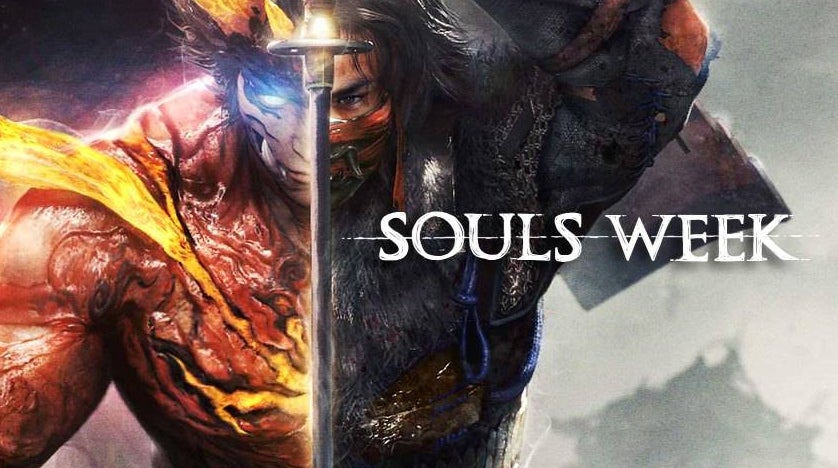Next up in Souls Week is another game that takes inspiration from the series. Sam Greer makes the case for Nioh 2.
Elden Ring is almost upon us. Excitement is fever pitch. It’s impressive that there remains so much anticipation given From Software have actually released a pretty steady number of titles over the last decade. Yet people crave more.
While there’s always perhaps an unhealthy degree of entitlement and embellished hype at work, I do think it speaks to how well the team at From Software have carved out their particular niche. Even as we’re now living in a videogame landscape saturated by their influence, their works stand heads and shoulders above their many imitators.
Among the numerous Soulslikes out there, aping the specific formula of Dark Souls or Bloodborne (a formula that is by no means wholly original) there’s broadly two categories. Those that hue so close to the familiar aesthetics, tone and mechanics as to be less Soulslike and more Souls-clone. Then there are those which cram those familiar elements into something pretty different, often with very awkward results. I think the defining quality of From Software games is their coherence. Every element whether it be the visual design of its enemies or the way its health systems work, all work together to convey the game’s themes. Lifting the general notions of level design or cool transforming weapons to be dropped into a different setting winds up being clumsy at best and disastrous at worst. The beautiful clockwork beasts that From Software make leave imitators looking like Frankenstein monsters.
But not all of them.
Nioh has something of a more nuanced lineage. While it is to me undoubtedly influenced by the recent works of From Software, with Shrines instead of Bonfires, Revenants instead of Phantoms and so on, it leans on developer Team Ninja’s history with brutal action titles like Ninja Gaiden. Despite its lightning quick fights, the combat isn’t as focused on timing like Sekiro but instead on combos. The central gimmick is ki, essentially stamina, that can be recovered mid-fight to keep swinging more attacks. Its stance system allows each weapon to pack numerous movesets and a skilled player can flow between each one.
To see this content please enable targeting cookies.
Bloodborne players might liken it to that games transforming weapons but there’s perhaps even more options to play with. Once you master its rhythms or unlock skills to bolster this, you can unleash a fearsome barrage in a single string of attacks. While positioning, hit boxes and dodging all play a part in making it feel very Dark Souls, this central conceit harkens back to those Ninja Gaiden games. As punishing as Nioh can be, it seeks to empower and make you feel deadly. A total badass, if you will. Victories in Dark Souls or Bloodborne often felt earned by the skin of your teeth, clawing each tiny bit of progress from the jaws of defeat. Nioh feels more decisive. You can die as quickly as you can kill, with even the weakest enemies remaining perfectly capable of slaying players who become too comfortable, but you’re not as much of an underdog as in a Souls game. It makes for a dynamic where you simultaneously feel very vulnerable but also incredibly dangerous.
It’s the sequel, Nioh 2, that I really want to talk about.
Both games take place in Japan’s Sengoku Era, mixing real history and people with mythological demons and magic. It’s a strange mix to be sure but, much like Sekiro, it makes for a more earnest narrative experience than the po-faced Ghost of Tsushima with its pseudo-historical falseness. Where the sequel differs, is binning off the previous game’s Geralt of Rivia knock-off William for a character creator.
